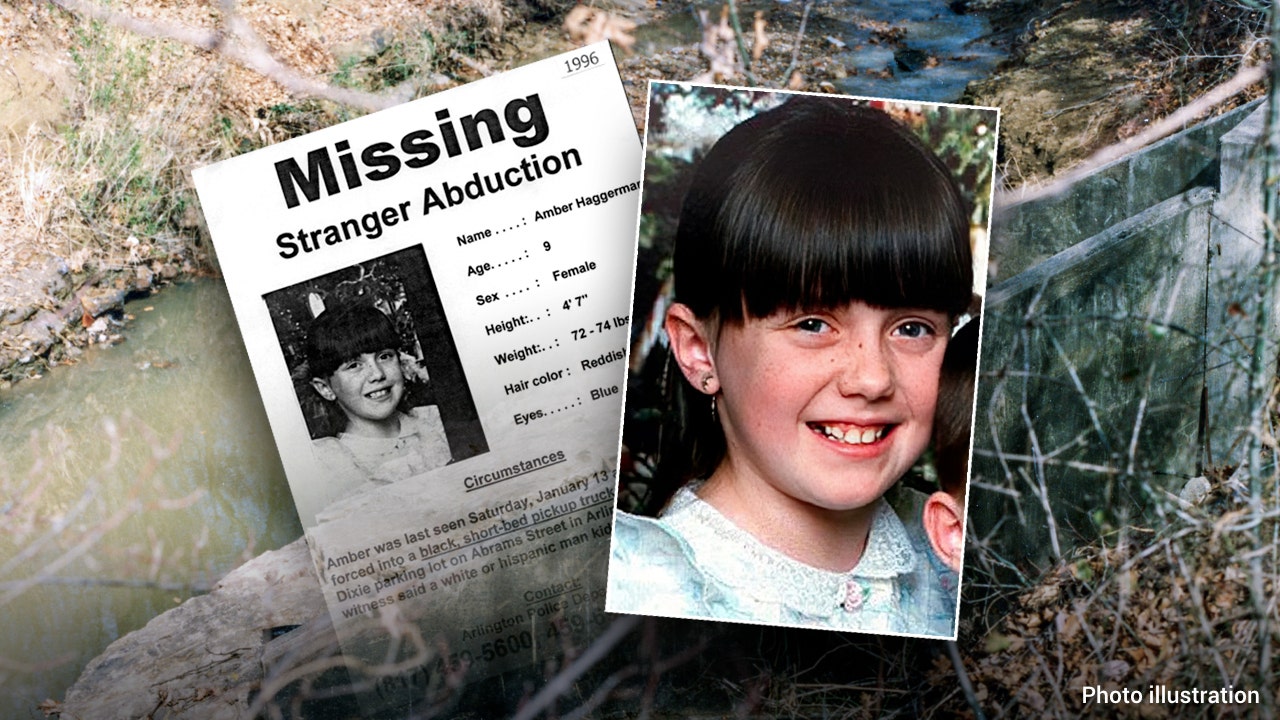Since 1998, law enforcement has used Amber Alerts to quickly notify communities of likely child abductions, sharing license plate numbers and identifying information in an effort to quickly apprehend kidnappers within the first critical hours.
Namesake Amber Hagerman, 9, was snatched kicking and screaming off her pink bicycle in the parking lot of an abandoned Texas grocery store and pulled into a black pickup truck on Jan. 13, 1996, two years before the first alert, according to the Arlington Police Department.
Jim Kevil recalled the abduction in an interview with CBS 11 seven years ago.
“I saw [Amber] riding up and down – she was by herself,” Kevil said. “I saw this black pickup. He pulled up, jumped out and grabbed her. When she screamed, I figured the police ought to know about it, so I called them.”
The Department of Transportation joined the initiative in 2022, according to the OJP, using road signs, normally meant to warn drivers of inclement weather and construction, to flash critical information about abductions.
A national criterion and an Amber Alert coordinator from the U.S. Department of Justice were established for the alerts with the PROTECT Act in 2003 – two years later, Hawaii became the 50th state to implement a statewide Amber Alert plan.
Canada and Mexico adopted the system in 2009, allowing them to cooperate more fully with the U.S. in searches for missing children.
In 2013, the Federal Emergency Management Agency began using its national alert system to send the now-iconic alerts directly to wireless users.
Christina Coulter is a U.S. and World reporter for Fox News Digital. Email story tips to [email protected].


